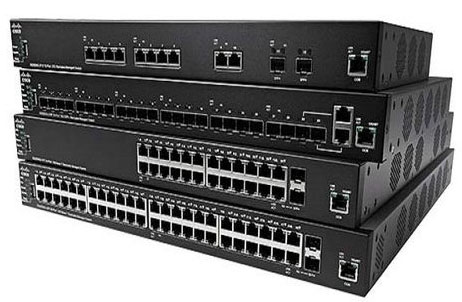What’s In a Server Rack Cabinet: 5 Important Items Tips
The Racks and Cabinets Server are one of the most important elements of any data center and manage the brand Racks & Cabs. They come in many different models, each of which may have a different overall design. If it is Rack, it can be 2 or 4 posts, for floor or wall, if it is Cabinet closed by side and upper panels. However, no matter what type of rack is present, you can be sure that it will store several different types of equipment that will keep your business running smoothly. Know what is included in a Rack or Cabinet Server can help you get the most out of these devices.
Computer servers:
Not surprisingly, servers are probably the most popular item that a Server Rack or Cabinet will house. These can be Tower servers that resemble normal PCs or slim blade servers which already include mounting accessories or are mounted on a Server Tray. Servers are essential in most networks, as they run various applications, store data, and perform critical functions for an organization.
Racks & Cabs offers a wide range of products which are of great importance, regarding the protection of Servers there are many reasons why they should be kept in a Rack or Cabinet, including the following:
Security:
Servers are typically high-end pieces of hardware that can cost thousands of dollars. Locking them in a Rack or Cabinet helps minimize the risk of someone stealing or tampering with them.
Cooling:
Servers can generate a lot of heat and must be at the right temperatures to function effectively. The racks or cabinets for servers are designed to optimize airflow, which helps remove hot air from the area around the server.
Easy troubleshooting:
Having servers located in one place makes troubleshooting easier. Additionally,Wall Mount Server Racks or Cabinets allow easy access to both the front and rear of any device, further assisting technicians when working in the area.
Patch panels:
Telecommunications environments have been incorporating patch panels better known as Patch Panels for many decades. In fact, they are one of the oldest types of computer equipment that is still in use today. The patch panels have multiple plugs (RJ45 Jacks) that connect the cables (Patch Cords) and route them where they should go.
Most people would recognize a Patch Panel that has a large number of phone or data lines that all go into the Patch Panel, and then each port has a Patch Cord that goes out and extends to the Data Networking Switch.
Switch and Switches:
The Network Switches allow the telephone interconnection between the lines provided by the provider and each of the extensions. The switches create an internal telephone network in which it communicates with each other through extensions, as well as allowing to set up several telephone lines so that they can be used between users.
The switches allow data entering from a source and then directed to a specific device. Switches can have dozens of different computers connected and will be configured to ensure that all of those devices can communicate with each other and with the areas of the network connected to the switch.
Configuring the Switches and Switches within a Toten Server Rack Cabinet will help ensure that equipment remains secure. Also, since these types of devices are critical to the overall network, they must be located in a central location, such as a data center.
Support team
Almost all Server Racks or Cabinets will have “extras” that can perform various specific tasks. While not all Server Racks or Cabinets will have the following items, the vast majority will have at least some of them
Blind Panels
The panels or spaces Blind are metal parts that are used to fill a space in a rack or cabinet that is not currently used. The panels or spaces Blind help improve the aesthetics of the Rack or Cabinet, but more importantly, help manage airflow inside.
Cables
All equipment within a rack or cabinet needs some kind of cord, Network Cable, Fiber Optic Cable and other possible cables. These cables can go from the equipment to a power source, to other elements of the Rack or Cabinet or outside of it to another area to connect to each other.
Cable Organizer
The Cable Organizers are managed in Horizontal or Vertical is a duct for the management of cables that is mounted to the Rack or Cabinet, allows the cables to be organized in an orderly way. It usually has a slot for each cable so that you can route it from your computer to its destination.
Contact Bars
It is an important element within the Server Rack or Cabinet since it is in charge of the electrical supply, each Contact Bar has between 6, 8, 10 or 12 electrical contacts, the ones with the largest contacts have a surge suppressor.

Other Server Rack equipment:
While these are the most common items found in Server Racks or Cabinets, they can house just about anything you need. Some facilities will have laptops inside the Rack or Cabinet. Others will have Trays to superimpose a monitor, and even a keyboard and mouse on a Sliding Tray, Fiber Optic Distributor among other products. In some cases, fans or other air handling items will be on a tray to help maintain proper temperatures. The Racks and Cabinets server are easy to use and allow companies to securely host a wide range of different types of equipment. The above is part of the range of products handled by Racks & Cabs so that your Telecommunications installation is at the forefront.
